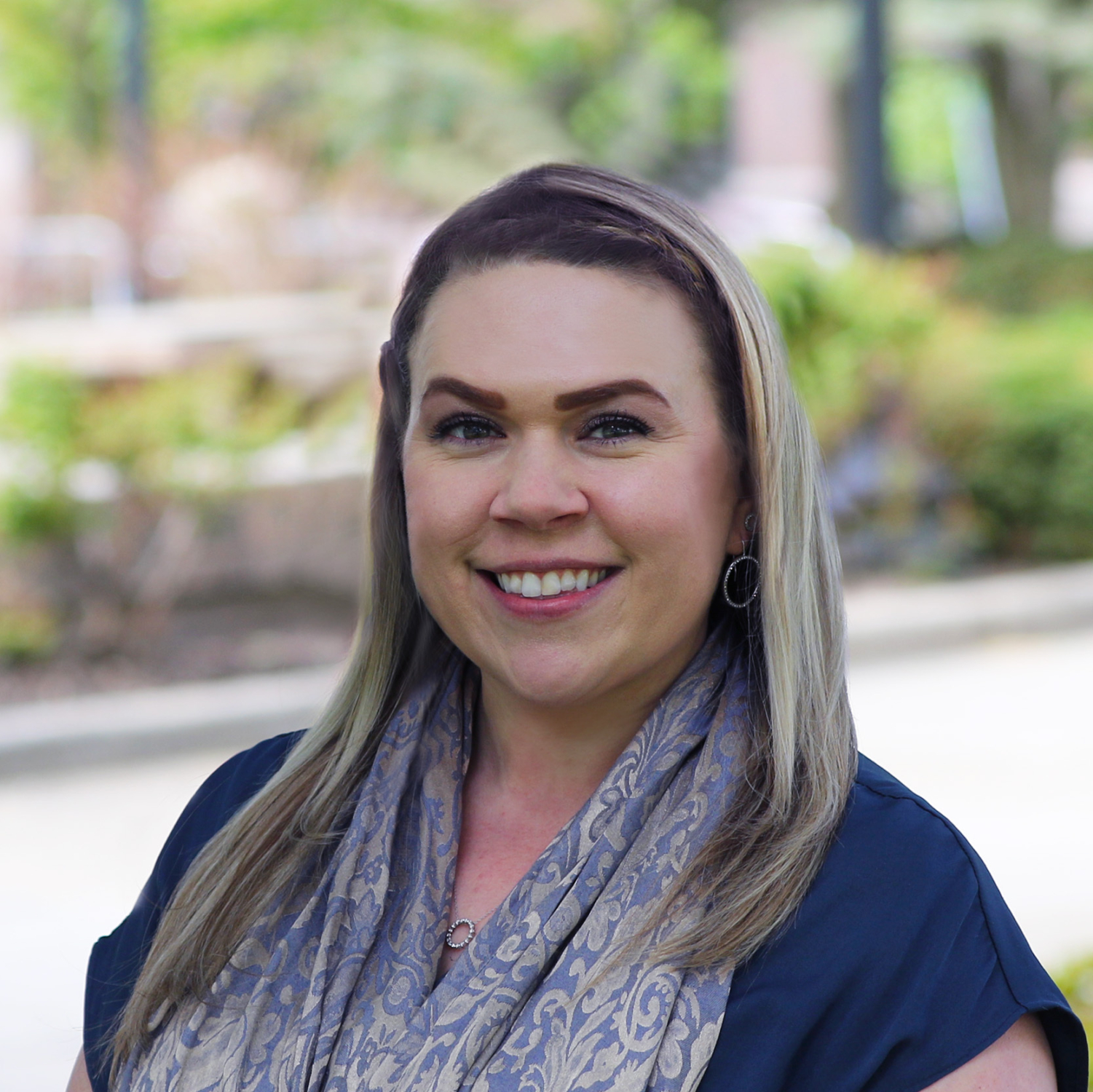DiPerna takes on Controversial Concerns Surrounding School Choice
With eight states adding new choice programs or expanding existing programs to include all students, questions from parents and the general public about the effects of school choice have soared. To dispel some common myths related to these reforms, Paul DiPerna, Vice President of Research and Innovation joined C-SPAN and discussed the unprecedented momentum around educational choice.
Callers to the program raised concerns about how educational choice would affect funding for lower-income families, cause of racial segregation, and overall student performance. DiPerna was able to cite the robust volume of research that finds evidence to the contrary.
“By far the research is positive on school choice programs,” DiPerna continues, “Especially those who have been serving disadvantaged students and Black students, Latino students, and those coming from low-income households have been served for years in cities like Milwaukee, Cleveland, and other parts of the country. The vast majority are coming from low-income households”.
Callers also shared concerns regarding racial segregation as an effect of school choice. “Some of the high-quality research has shown that schools tend to be less segregated when they are participating in a school choice program. Outcomes have been modestly positive or even more positive for those students who are attending charter schools or enrolled in private school choice programs,” said DiPerna, who also noted research that finds choice programs help students from low-income families.
DiPerna cited information from EdChoice’s ongoing national survey research, and The 123s of School Choice, which explores empirical research findings on choice.
When callers expressed the idea that public schools, historically, have served students well. DiPerna responded, “I think history is a stark contrast to that.”
“Public schools have certainly served some well, but a lot of students … have not been served as well and they have been locked into (their assigned public) schools because they don’t have that funding mechanism to help that exit and have a better option. That better option could even be another public school across district lines.”
DiPerna argued school choice can provide students with the lifeline they need to find a learning environment that better meets their needs. It could be another public school across district lines, a private school, or a newer type of learning model, like a pod or micro school.
“Being able to have that flexibility, whether they want to stay at the school currently or if the circumstances dictate a need for a change, — I think a lot of parents can relate to that need for that kind of flexibility.”
Watch the full interview on C-SPAN.




